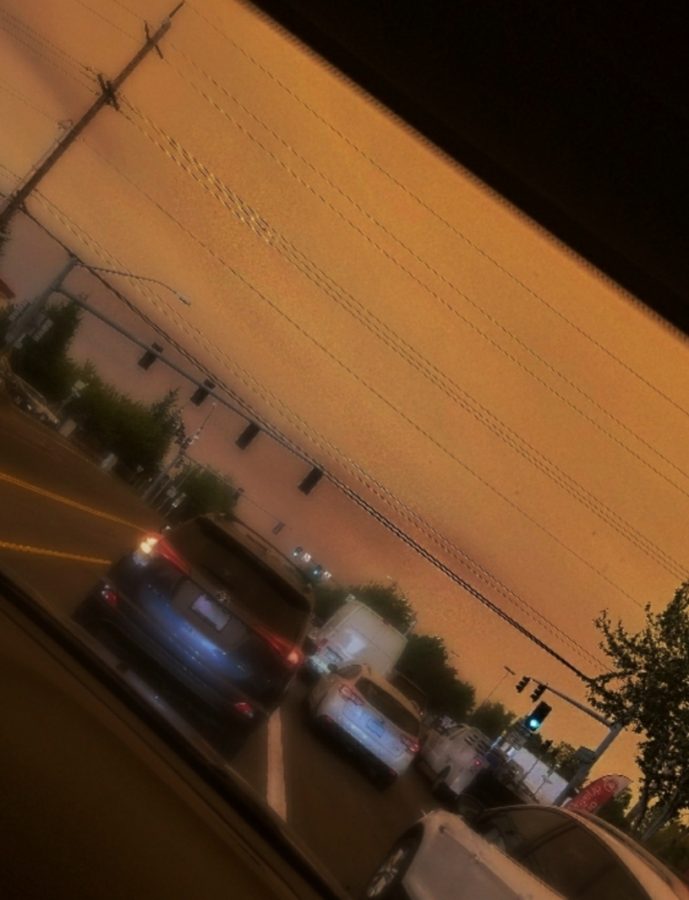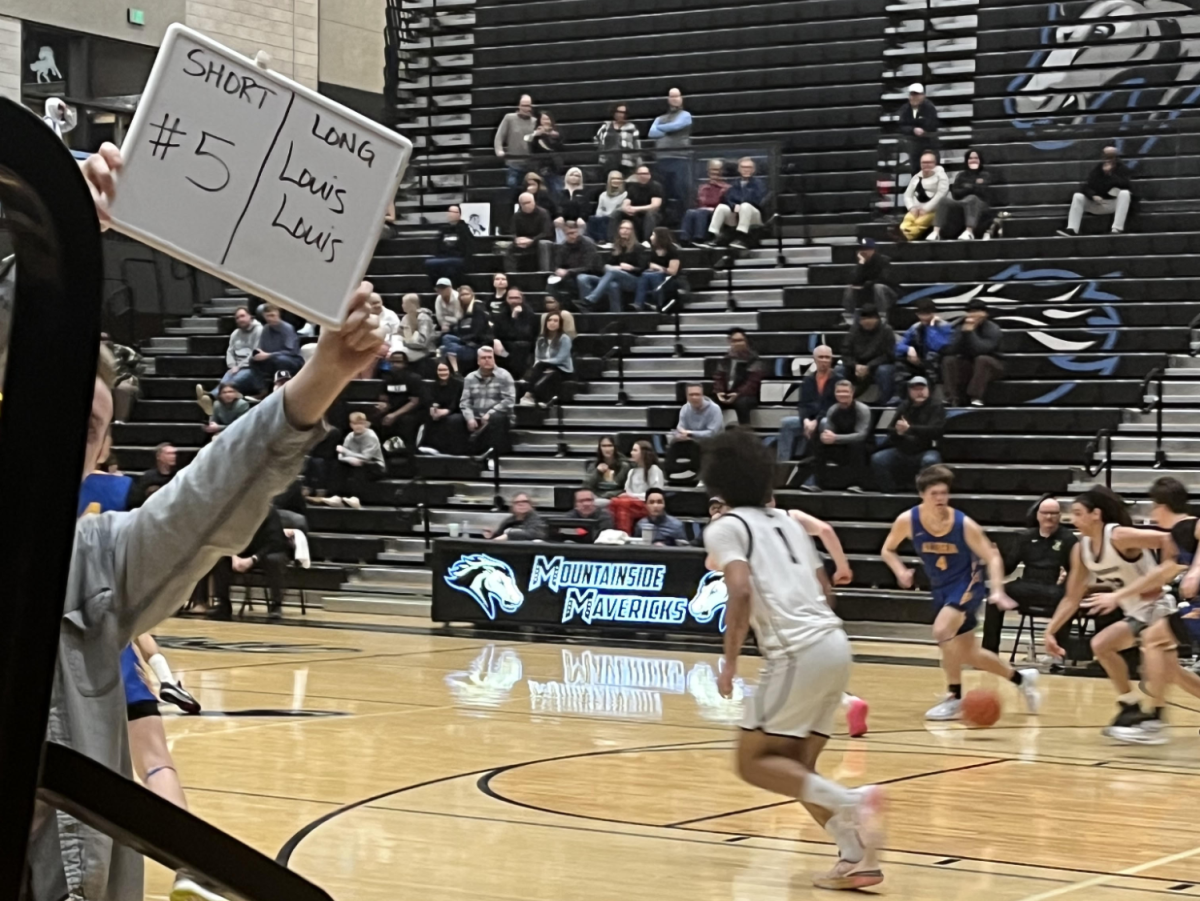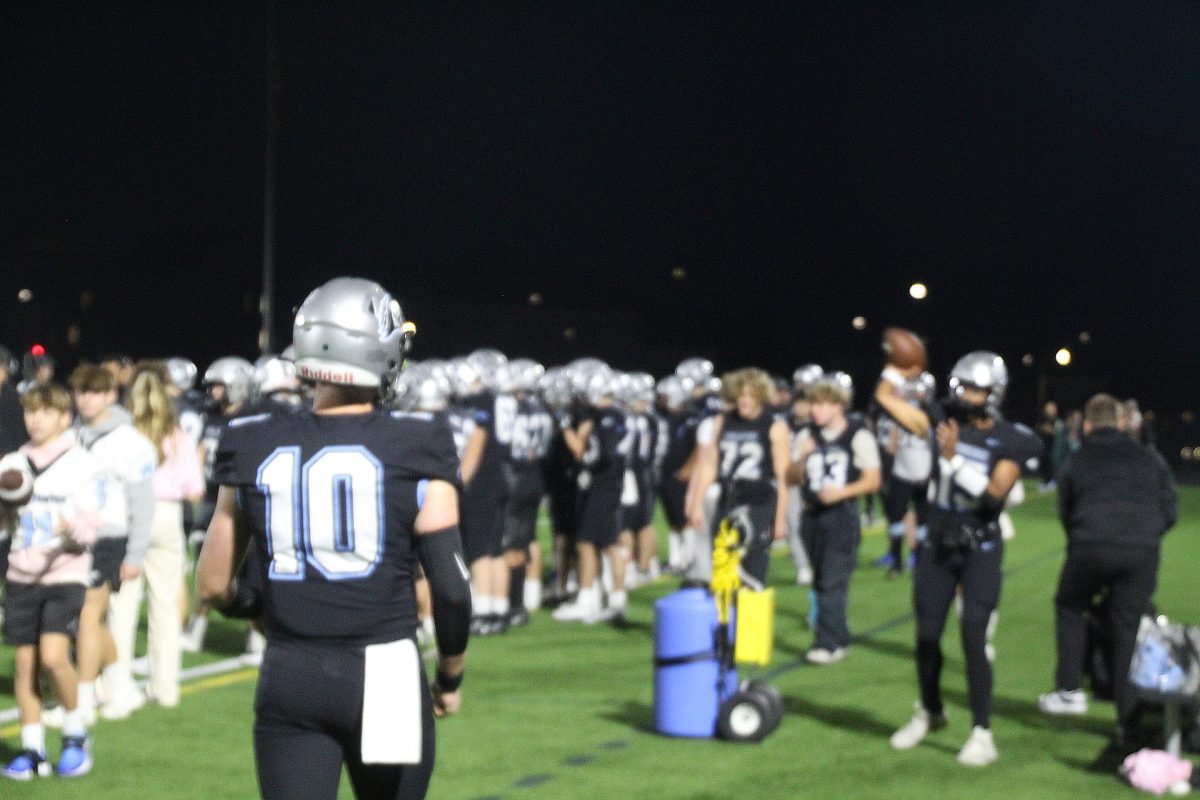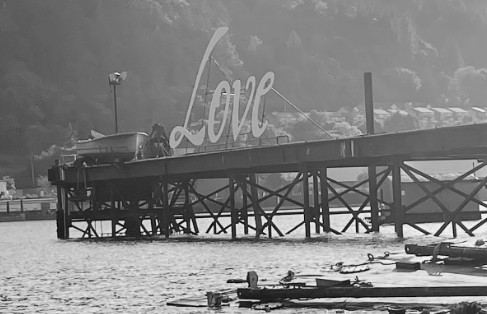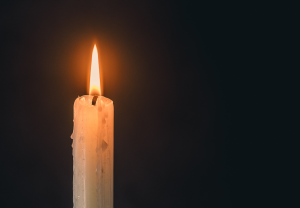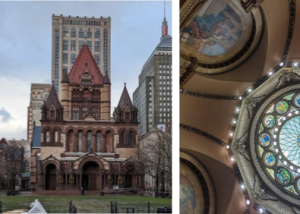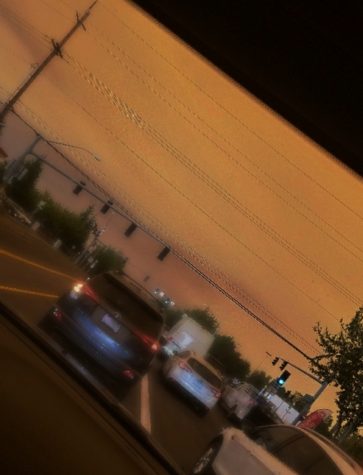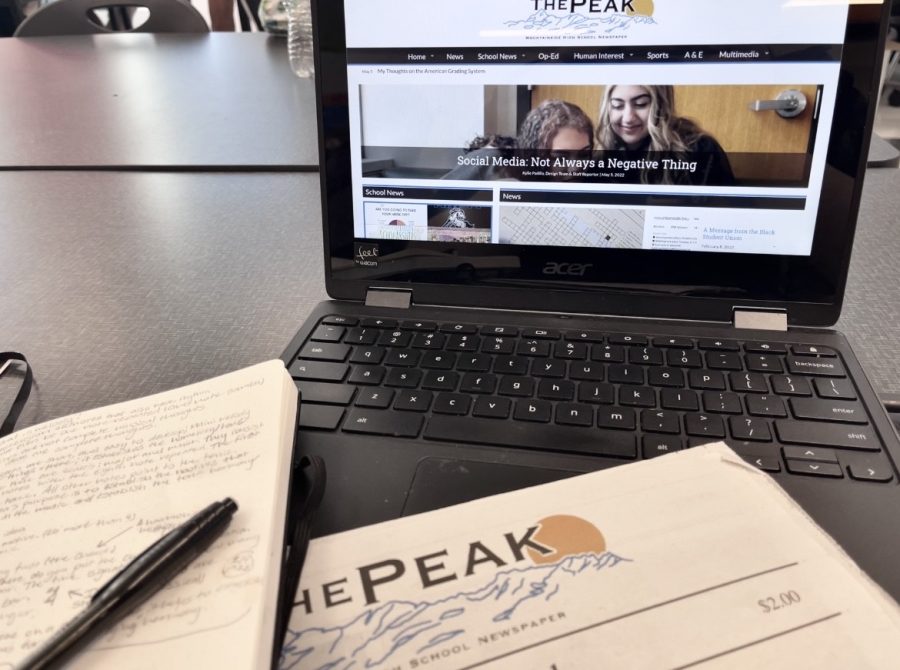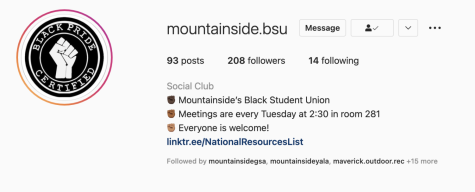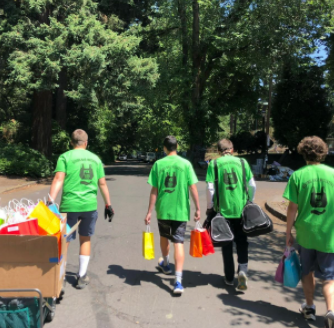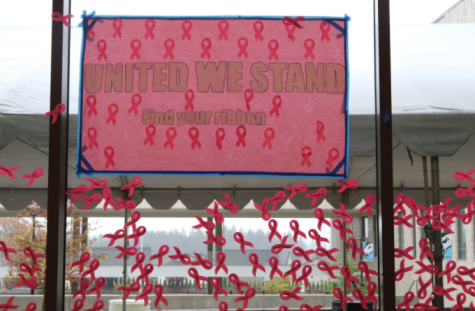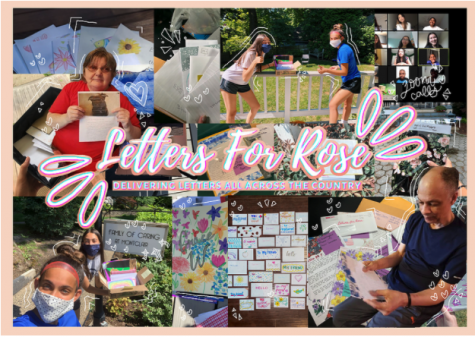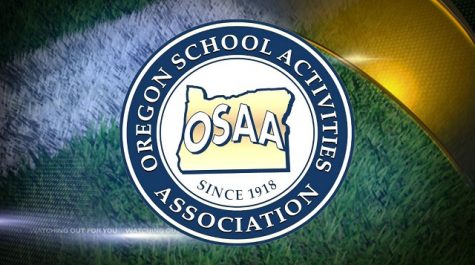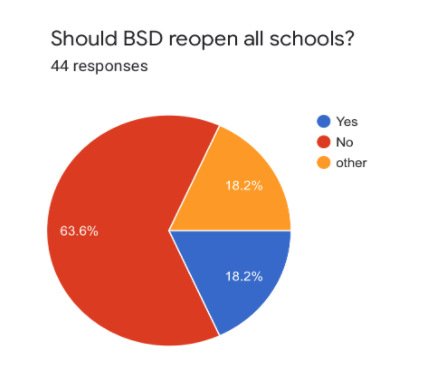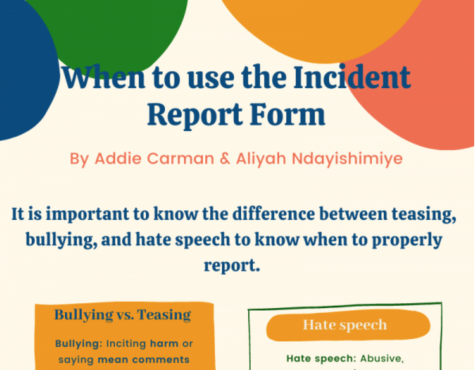The West Coast Burned, Beaverton Couldn’t Breathe
Nightscape of fire in Beaverton.
October 27, 2020
37 or more fires burned during late August and early September of 2020 forcing many Oregon residents to evacuate their homes, cope with hazardous air quality, and fear for the health and safety of their friends and families. The West Coast quickly grew to have the worst air quality in the entire world. As our school turned into an evacuation center, we in the surrounding neighborhoods sat in our relatively safe little pocket, watching Oregon, California, and Washington, burn.
As the fires grew and more families became at risk of losing their homes, MHS served as a Red Cross evacuation site for around 40 people affected. The social media pages run by the school were quick to put out the news and call for food and supply donations. It didn’t take long to receive support from community members, staff volunteers, and local businesses. The school received food donations that could serve hundreds and were able to drive leftovers to Gaston, a wildfire hotspot.
The fires did not only hurt those who saw them raging. Everyone on the West Coast was exposed to the ashy, orange smoke that made breathing difficult. For several days while the fires raged, the city with the worst air quality worldwide flip-flopped between Portland, Oregon, and Seattle, Washington. The air quality in Beaverton peaked at an AQI of 331 on September 13th. For reference, after returning to normal, no smoke clouds, and no orange skies, we’re currently sitting at an AQI of 9.
In an interview with Ami Voots from Springfield, Oregon, where the threat of the fires was much more significant than what was experienced in Beaverton, Ami explained that people down the street from her saw fires out of their windows or left everything as they evacuated to one of the shelters or even to Portland. “If I don’t pack it, it’s going to burn.” Ami was not one of the people who sadly lost their family or home in the fire, and her community quickly recovered.
Most people in the MHS area were fortunate enough to have not been impacted by the fires drastically. The empathy of the community resulted in large contributions and relief aid for those in need. Being a newer school and still building culture, Mountainside has been successful in forming connections in the area. As people returned to their homes or begin rebuilding their lives, the Mountainside community has a new mark in its history after helping people during this challenging time.
To join the Mountainside community in helping those in need in Oregon, you can visit Wildfire Response & Resources for more information.



